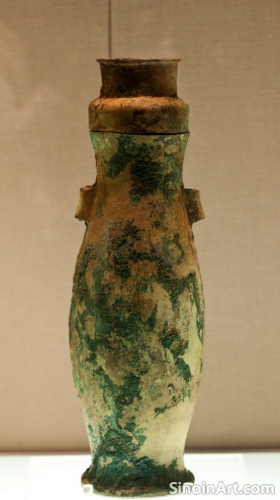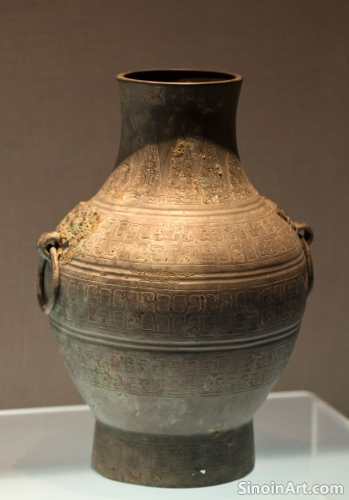The Influence of Tang Dynasty Aesthetics on Later Bronze Ware Design
|
While the Shang and Zhou dynasties are often seen as the pinnacle of bronze production, the Tang Dynasty also contributed to the art form, with a distinctive aesthetic that influenced later design styles. The elegance, refinement, and emphasis on naturalism that characterized Tang art also impacted the style and forms of bronze ware created at this time. The enduring legacy of Tang styles has continued to shape the visual character of the art form.  Tang Dynasty bronze ware was characterized by more refined forms, delicate decorations, and an emphasis on elegance and natural beauty. The emphasis on refinement and grace is very evident in the pieces from this era. The preference for beauty and a natural look had a major impact on the bronze objects being created at the time.  The forms of vessels became more graceful and curvaceous, reflecting the artistic sensibilities of the Tang period. The more fluid and natural look was a direct reflection of the Tang aesthetic. This new style was a major departure from the more formal and rigid bronze work of previous eras.  The patterns and motifs on Tang bronze often included depictions of flowers, birds, and other elements of nature, reflecting a greater emphasis on realism and harmony with the natural world. The interest in natural beauty is a key element in the art and aesthetic of the Tang period. The influence of Tang Dynasty aesthetics on later bronze ware design demonstrates how artistic traditions evolve, reflecting changing social, cultural, and political landscapes. The continued evolution of the art form ensured its enduring relevance in Chinese culture. The shifts in style reveal changes in the values and beliefs of the period. |
Tag : Tang Dynasty aesthetics, bronze ware design, Chinese art, influence on bronze, decorative arts
Related information
- Bronze Ware and Ancient Chinese Understanding of Astronomy: Maps of the Sky and the Measurement of Time
- The Bronze Bells of Ancient China: Harmony and Power in Sound
- Unveiling Ancient China: An Introduction to Chinese Bronze Ware
- Bronze Ware and Ancient Chinese Understandings of the Natural World: Animal Symbolism and Ecological Awareness
- Bronze Weights and Measures in Ancient China: Standardization and Trade
This article explores the connection between bronze ware and ancient Chinese understandings of astronomy, highlighting the use of celestial motifs, the depiction of astronomical phenomena, and the creation of instruments that aided in understanding the universe.
This article explores the bronze bells of ancient China, highlighting their role as ritual instruments, their sophisticated construction, their use in sets (bianzhong), and their importance as symbols of power and harmony in Chinese culture.
This article provides an introduction to Chinese bronze ware, exploring their creation, functions, cultural significance, and their enduring legacy as symbols of ancient China’s artistry and technological achievement.
This article explores how bronze ware reflects ancient Chinese understandings of the natural world, highlighting the detailed representations of animals, plants, and landscapes, and demonstrating the ancient awareness of the interconnectedness of humans and their environment.
This article explores the use of bronze for weights and measures in ancient China, highlighting the importance of standardization, fair trade practices, and the role these artifacts played in facilitating commerce across the empire.